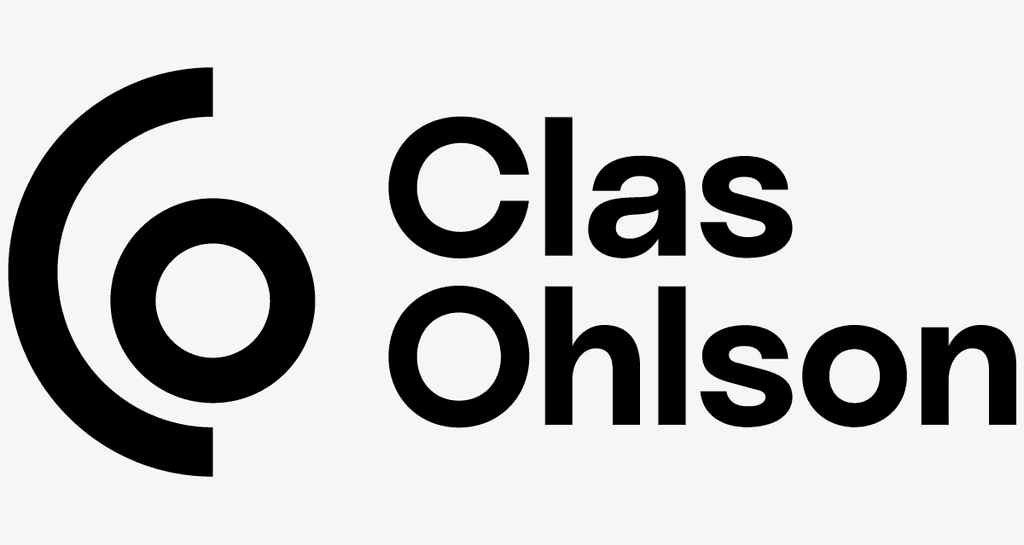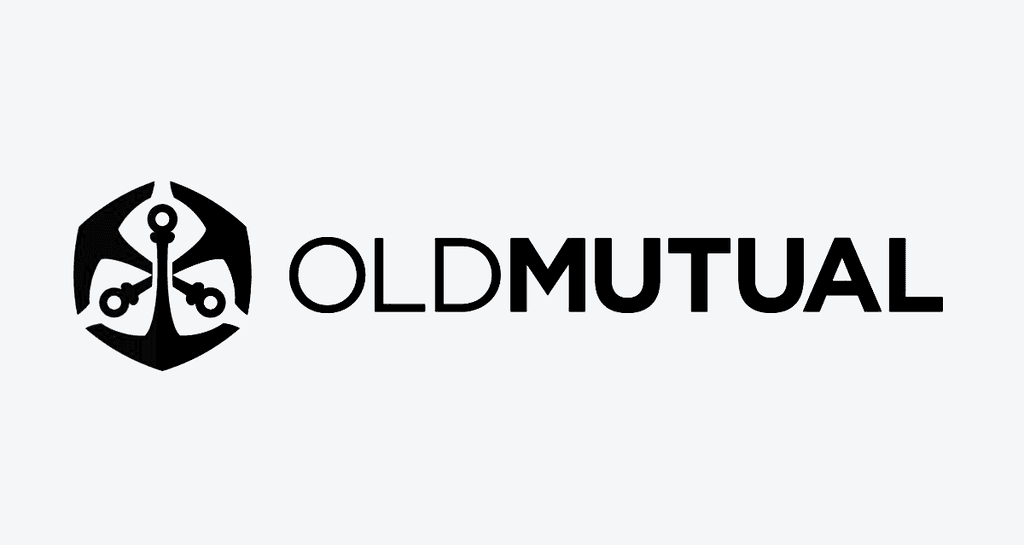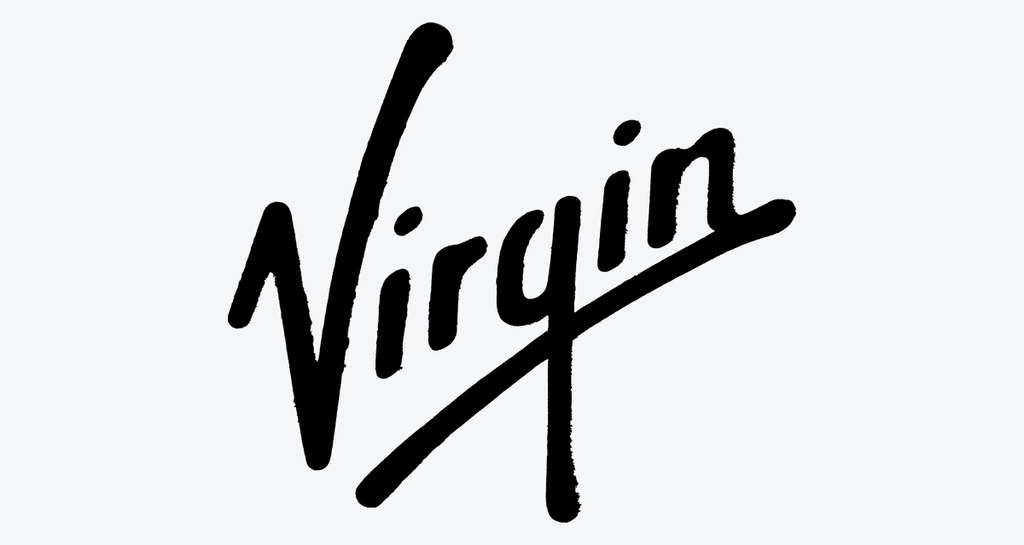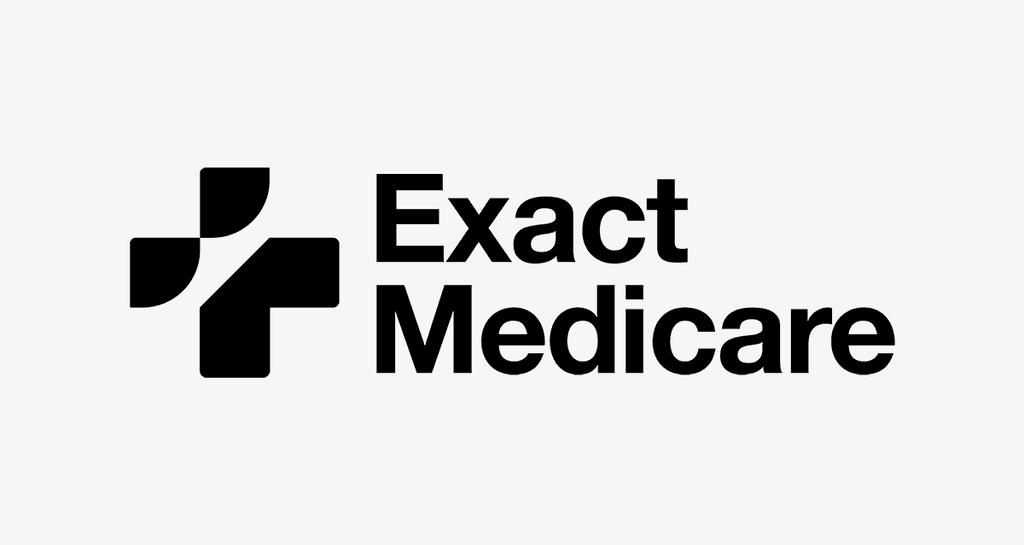Adaptable to any industry







Athena
Athena
The Global Leader in
The Global Leader in
The Global
Leader in
Explore an AI solution that seamlessly engages in conversation, automates support, and provides real-time insights to drive growth and enhance customer satisfaction.
Explore an AI solution that seamlessly engages in conversation, automates support, and provides real-time insights to drive growth and enhance customer satisfaction.
AI Products to Power Any Business
AI Products to Power Any Business
Discover ConnexAI's diverse range of AI products, designed to power any business.
Discover ConnexAI's diverse range of AI products, designed to power any business.
Discover ConnexAI's diverse range of AI products, designed to power any business.
ATHENA 2.0
ATHENA 2.0
AI Agent
Conversational AI-Driven Excellence

AI Analytics
Conversational Data-Driven Insights

AI Voice
Power Your Brand with AI Voice

Automatic Speech Recognition
Never Miss a Word

AI Quality
AI Scorecards and Reporting

AI Knowledge
Powering Smarter Content

AI Agent
Conversational AI-Driven Excellence

AI Analytics
Conversational Data-Driven Insights

AI Voice
Power Your Brand with AI Voice

Automatic Speech Recognition
Never Miss a Word

AI Quality
AI Scorecards and Reporting

AI Knowledge
Powering Smarter Content

AI Agent
Conversational AI-Driven Excellence

AI Analytics
Conversational Data-Driven Insights

AI Voice
Power Your Brand with AI Voice

Automatic Speech Recognition
Never Miss a Word

AI Quality
AI Scorecards and Reporting

AI Knowledge
Powering Smarter Content

AI Agent
Conversational AI-Driven Excellence

AI Analytics
Conversational Data-Driven Insights

AI Voice
Power Your Brand with AI Voice

Automatic Speech Recognition
Never Miss a Word

AI Quality
AI Scorecards and Reporting

AI Knowledge
Powering Smarter Content

AI Agent
Conversational AI-Driven Excellence

AI Voice
Power Your Brand with AI Voice

AI Analytics
Conversational Data-Driven Insights

AI Quality
AI Scorecards and Reporting

AI Knowledge
Powering Smarter Content

AI Agent
Conversational AI-Driven Excellence

AI Voice
Power Your Brand with AI Voice

AI Analytics
Conversational Data-Driven Insights

AI Quality
AI Scorecards and Reporting

AI Knowledge
Powering Smarter Content

AI Agent
Conversational AI-Driven Excellence

AI Voice
Power Your Brand with AI Voice

AI Analytics
Conversational Data-Driven Insights

AI Quality
AI Scorecards and Reporting

AI Knowledge
Powering Smarter Content

AI Agent
Conversational AI-Driven Excellence

AI Voice
Power Your Brand with AI Voice

AI Analytics
Conversational Data-Driven Insights

AI Quality
AI Scorecards and Reporting

AI Knowledge
Powering Smarter Content

























Chosen by Leading Global Brands
Explore excellent reviews from our vast portfolio of client success stories.

Mbusiswa Nyuswa
Chief Technology Officer
We have been using ConnexAI for just over five years now, and I’ve never been so happy. They're an amazing technology partner to work with.


Guy Valles
Contact Center Development
The most surprising benefit since partnering with ConnexAI is the support 24/7 availability. Since we've migrated, we had the best months that we've had in years.


Justin Freeman
Chief Information Officer
If you're somebody that is looking for a complete AI cutting-edge solution I highly recommend ConnexAI.


Kelly Laprocina
Systems & Data Manager
Having the Al Voice incorporated into the Al Agent really helps the customer feel comfortable when they come through to us.


Ezequiel Negron
Director of IT
I would definitely recommend ConnexAI to other health care providers. I think it is a leading platform in this industry.


Mychel Abello
Chief Technology Officer
Of easily 10 to 15 AI companies that I've addressed, ConnexAI has been the only one to truly deliver on their brand promise.

Chosen by Leading Global Brands
Explore excellent reviews from our vast portfolio of client success stories.

Mbusiswa Nyuswa
Chief Technology Officer
We have been using ConnexAI for just over five years now, and I’ve never been so happy. They're an amazing technology partner to work with.


Guy Valles
Contact Center Development
The most surprising benefit since partnering with ConnexAI is the support 24/7 availability. Since we've migrated, we had the best months that we've had in years.


Justin Freeman
Chief Information Officer
If you're somebody that is looking for a complete AI cutting-edge solution I highly recommend ConnexAI.


Kelly Laprocina
Systems & Data Manager
Having the Al Voice incorporated into the Al Agent really helps the customer feel comfortable when they come through to us.


Ezequiel Negron
Director of IT
I would definitely recommend ConnexAI to other health care providers. I think it is a leading platform in this industry.


Mychel Abello
Chief Technology Officer
Of easily 10 to 15 AI companies that I've addressed, ConnexAI has been the only one to truly deliver on their brand promise.

Chosen by Leading Global Brands
Explore excellent reviews from our vast portfolio of client success stories.

Mbusiswa Nyuswa
Chief Technology Officer
We have been using ConnexAI for just over five years now, and I’ve never been so happy. They're an amazing technology partner to work with.


Guy Valles
Contact Center Development
The most surprising benefit since partnering with ConnexAI is the support 24/7 availability. Since we've migrated, we had the best months that we've had in years.


Justin Freeman
Chief Information Officer
If you're somebody that is looking for a complete AI cutting-edge solution I highly recommend ConnexAI.


Kelly Laprocina
Systems & Data Manager
Having the Al Voice incorporated into the Al Agent really helps the customer feel comfortable when they come through to us.


Ezequiel Negron
Director of IT
I would definitely recommend ConnexAI to other health care providers. I think it is a leading platform in this industry.


Mychel Abello
Chief Technology Officer
Of easily 10 to 15 AI companies that I've addressed, ConnexAI has been the only one to truly deliver on their brand promise.

Industry-Leading Performance
Discover Athena, ConnexAI's innovative AI product suite designed to reshape customer engagement.
10x
10x
More Interactions Handled Following AI Implementation
70%
Decrease in Handle Time
65%
Reduction of Inbound Calls
24/7
AI Agent Availability
5x
Faster Data Processing
Industry-Leading Performance
Discover Athena, ConnexAI's innovative AI product suite designed to reshape customer engagement.
10x
10x
More Interactions Handled Following AI Implementation
70%
Decrease in Handle Time
65%
Reduction of Inbound Calls
24/7
AI Agent Availability
5x
Faster Data Processing
Industry-Leading Performance
Discover Athena, ConnexAI's innovative AI product suite designed to reshape customer engagement.
10x
10x
More Interactions Handled Following AI Implementation
70%
Decrease in Handle Time
65%
Reduction of Inbound Calls
24/7
AI Agent Availability
5x
Faster Data Processing
Athena
Future-Proof Your Contact Centre With AI Agents
Future-Proof Your Contact Centre With AI Agents
Optimise and accelerate the resolution of high volumes of phone enquiries, all while maintaining a personal connection. Deploy AI Agents to craft seamless, natural-sounding conversations in over 100 languages.
Optimise and accelerate the resolution of high volumes of phone enquiries, all while maintaining a personal connection. Deploy AI Agents to craft seamless, natural-sounding conversations in over 100 languages.



Alexander
0:00/1:34
English (UK)
Clear
Assertive
Alexander is a clear and assertive AI Agent, delivering sharp, and deliberate advice with high energy and professionalism.
00:08



Dorothy
English (UK)
Relaxed
Calm


Archer
English (UK)
Energetic
Caring


Annette
Spanish (ES)
Energetic
Joyful


Michael
English (US)
Clear
Upbeat


Aria
English (US)
Patient
Slow


Kyle
English (ZA)
Friendly
Warm



Alexander
0:00/1:34
English (UK)
Clear
Assertive
Alexander is a clear and assertive AI Agent, delivering sharp, and deliberate advice with high energy and professionalism.
00:08



Dorothy
English (UK)
Relaxed
Calm


Archer
English (UK)
Energetic
Caring


Annette
Spanish (ES)
Energetic
Joyful


Michael
English (US)
Clear
Upbeat


Aria
English (US)
Patient
Slow


Kyle
English (ZA)
Friendly
Warm



Alexander
0:00/1:34
English (UK)
Clear
Assertive
Alexander is a clear and assertive AI Agent, delivering sharp, and deliberate advice with high energy and professionalism.
00:08



Dorothy
English (UK)
Relaxed
Calm


Archer
English (UK)
Energetic
Caring


Annette
Spanish (ES)
Energetic
Joyful


Michael
English (US)
Clear
Upbeat


Aria
English (US)
Patient
Slow


Kyle
English (ZA)
Friendly
Warm
Discover the Full AI Suite
Discover the full
AI Suite
Athena is ConnexAI’s all-in-one AI engine, designed to elevate customer experience by streamlining communication, automating processes, and empowering smarter, faster decisions.
Athena is ConnexAI’s all-in-one AI engine, designed to elevate customer experience by streamlining communication, automating processes, and empowering smarter, faster decisions.
AI Analytics
Transforms conversations into clear insights, helping you predict trends and optimise performance.
AI Agent
Provides 24/7 support by automating tasks and managing customer interactions across all channels.
AI Voice
Delivers natural-sounding speech from text, creating more engaging and personalised experiences.
AI Analytics
Transforms conversations into clear insights, helping you predict trends and optimise performance.
AI Agent
Provides 24/7 support by automating tasks and managing customer interactions across all channels.
AI Voice
Delivers natural-sounding speech from text, creating more engaging and personalised experiences.
AI Analytics
Transforms conversations into clear insights, helping you predict trends and optimise performance.
AI Agent
Provides 24/7 support by automating tasks and managing customer interactions across all channels.
AI Voice
Delivers natural-sounding speech from text, creating more engaging and personalised experiences.
Powerful Conversational AI Solutions Tailored for Enterprise
Powerful Conversational AI Solutions Tailored for Enterprise
Unlock transformative results with scalable, secure, and seamlessly integrated AI solutions built to drive enterprise growth.
Unlock transformative results with scalable, secure, and seamlessly integrated AI solutions built to drive enterprise growth.
Security
Protect all interaction data with enterprise-grade safeguards, meeting SOC 2, GDPR, HIPAA, and ISO compliance to ensure data is always secure.
Efficiency
Understand intent, history and sentiment in real time to drive faster and more accurate responses.
Integration
Unify data from CRMs and custom knowledge sources to power more accurate answers and smoother business processes.
Scalability
Agentic AI effortlessly handle thousands of customer interactions in parallel, ensuring consistent, high-quality responses as your business grows.
Security
Protect all interaction data with enterprise-grade safeguards, meeting SOC 2, GDPR, HIPAA, and ISO compliance to ensure data is always secure.
Efficiency
Understand intent, history and sentiment in real time to drive faster and more accurate responses.
Integration
Unify data from CRMs and custom knowledge sources to power more accurate answers and smoother business processes.
Scalability
Agentic AI effortlessly handle thousands of customer interactions in parallel, ensuring consistent, high-quality responses as your business grows.
Security
Protect all interaction data with enterprise-grade safeguards, meeting SOC 2, GDPR, HIPAA, and ISO compliance to ensure data is always secure.
Efficiency
Understand intent, history and sentiment in real time to drive faster and more accurate responses.
Integration
Unify data from CRMs and custom knowledge sources to power more accurate answers and smoother business processes.
Scalability
Agentic AI effortlessly handle thousands of customer interactions in parallel, ensuring consistent, high-quality responses as your business grows.
Adaptable to Any Industry
Adaptable to Any Industry
Browse the testimonial resource hub to see what are clients and partners have to see about ConnexAI
Browse the testimonial resource hub to see what are clients and partners have to see about ConnexAI

A New Age of Customer Service
A new age of customer service
Ready to start your AI journey? Book your demo today.
Ready to start your AI journey? Book your demo today.